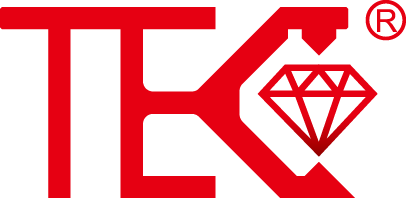WhyMagnetostrictiveGaugesareIdealforCustodyTransfer
Unparalleled Measurement Accuracy for Fiscal Transactions
When it comes to custody transfer operations, measurement precision isn't just desirable—it's financially critical. Magnetostrictive level gauges consistently achieve remarkable accuracy levels within ±0.5mm, making them the gold standard for fiscal metering applications. This exceptional precision ensures that both buyers and sellers in hydrocarbon transactions can rely on the measured volumes with complete confidence. The technology's inherent linearity and repeatability eliminate measurement disputes that can cost companies thousands in revenue discrepancies. For custody transfer where every milliliter translates to significant financial value, this level of accuracy provides the certainty needed for transparent commercial transactions.
Robust Construction for Demanding Industrial Environments
The operational integrity of magnetostrictive gauges stems from their sophisticated yet durable design. These instruments employ a magnetostrictive waveguide wire enclosed within a protective stainless steel tube, creating a system that withstands harsh process conditions while delivering reliable performance. The non-contact measurement principle means that moving parts are eliminated from the sensing mechanism, dramatically reducing wear and maintenance requirements. This robust construction ensures continuous operation in environments with extreme temperatures, high pressures, and aggressive chemical exposure—common challenges in hydrocarbon storage and transfer facilities where equipment reliability directly impacts operational continuity and safety.
Advanced Diagnostics and Continuous Monitoring Capabilities
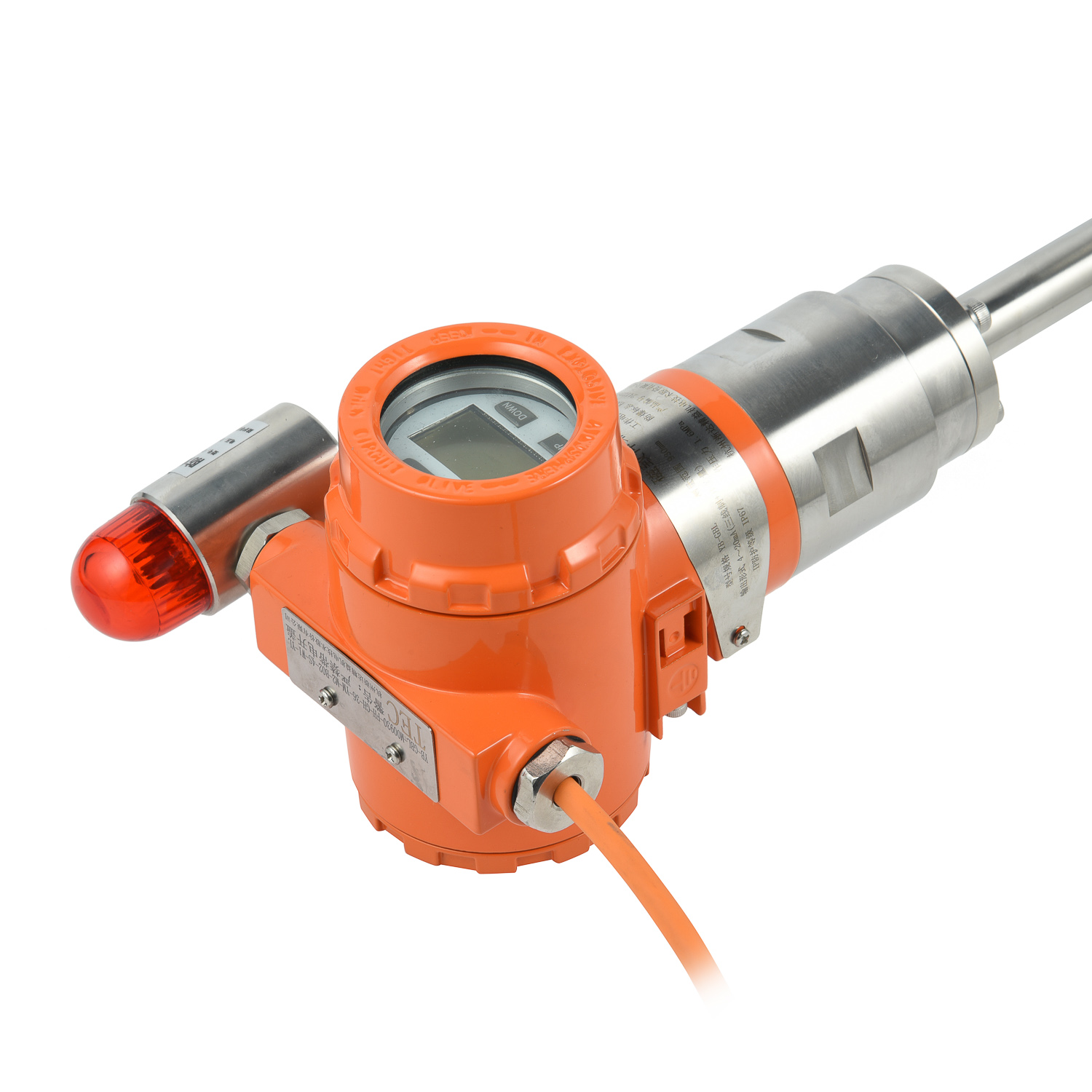
Modern magnetostrictive gauges transform simple level measurement into comprehensive tank management solutions. These intelligent devices continuously monitor multiple parameters including product level, interface level, and temperature through integrated RTD sensors. Advanced diagnostic functions proactively alert operators to potential issues such as probe fouling, sensor malfunctions, or communication failures before they compromise measurement integrity. This predictive maintenance capability minimizes unplanned downtime and ensures the gauge operates within its specified accuracy parameters. For custody transfer applications, this means continuous verification of measurement system health and immediate identification of any conditions that might affect transaction accuracy.
Comprehensive Safety Certifications for Hazardous Areas
In hydrocarbon handling facilities, safety considerations paramount. Magnetostrictive gauges carry internationally recognized certifications including ATEX, IECEx, and SIL ratings appropriate for use in explosive atmospheres. Their intrinsically safe design prevents the possibility of spark generation, while their hermetically sealed construction contains potential ignition sources. These safety credentials make magnetostrictive technology the preferred choice for custody transfer applications involving flammable products where equipment failure could have catastrophic consequences. The comprehensive certification portfolio ensures compliance with the strictest international safety standards governing hazardous area installations.
Reduced Total Cost of Ownership Through Minimal Maintenance
The economic advantages of magnetostrictive gauges extend beyond accurate measurement to significantly lower lifecycle costs. With no moving parts in the sensing mechanism and robust construction materials, these instruments require minimal routine maintenance compared to mechanical gauges or other level technologies. The extended calibration intervals—typically exceeding five years—combined with easy verification procedures without process shutdown, translate to substantially reduced operational expenses. For custody transfer applications where measurement system availability directly impacts revenue, this reliability and low maintenance requirement deliver a compelling return on investment while maintaining the highest measurement standards throughout the instrument's operational lifespan.
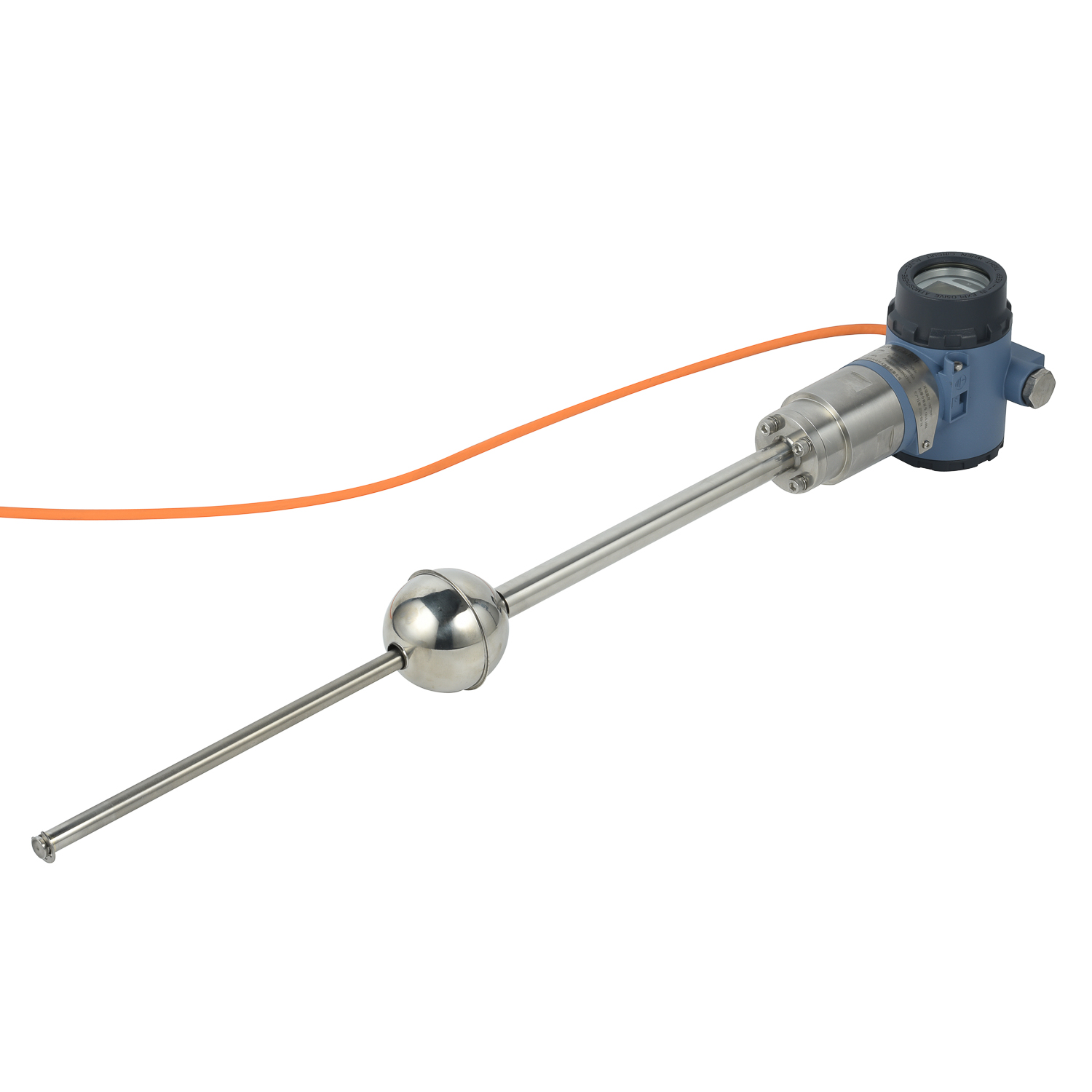
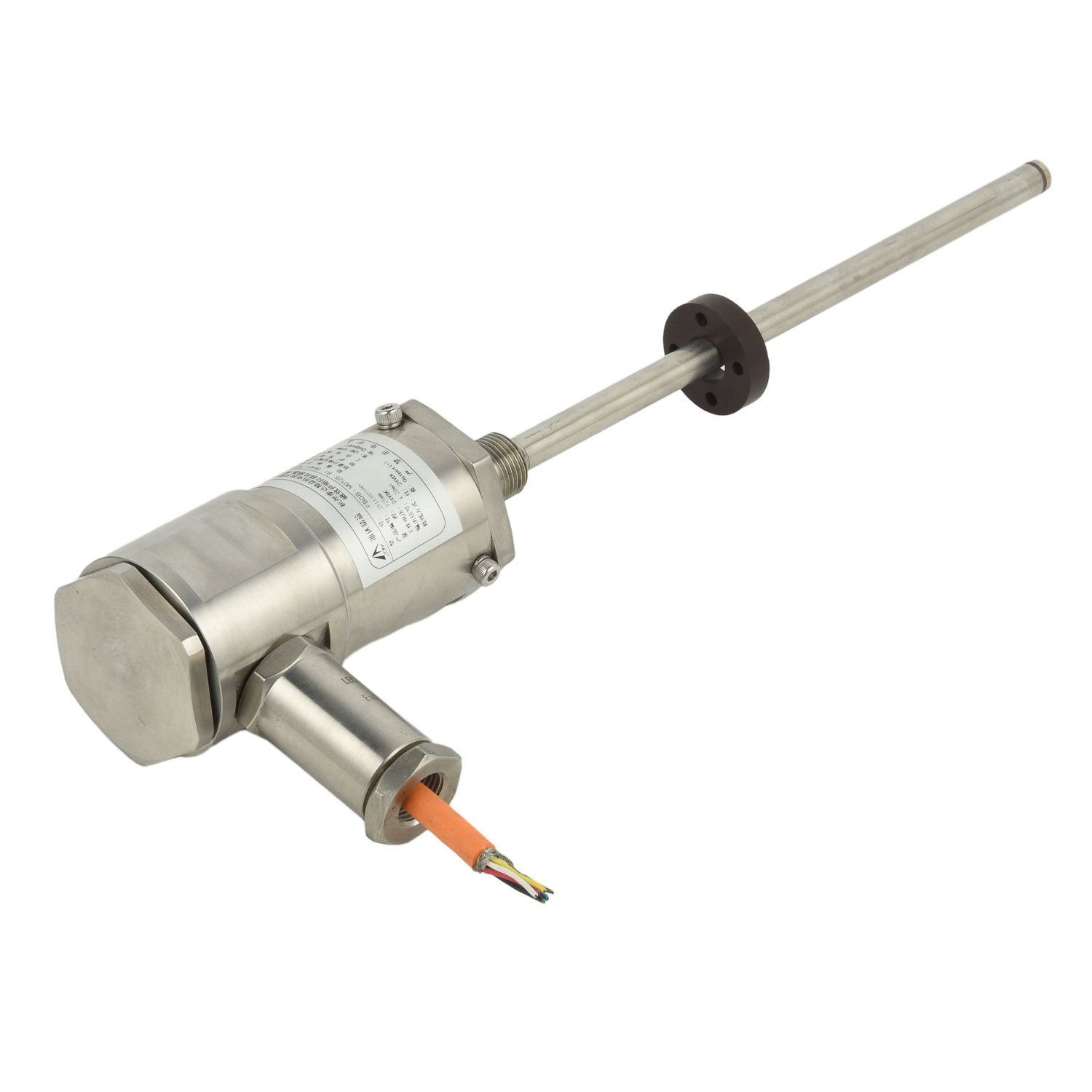 UpgradingYourLevelMeasurementS
UpgradingYourLevelMeasurementS
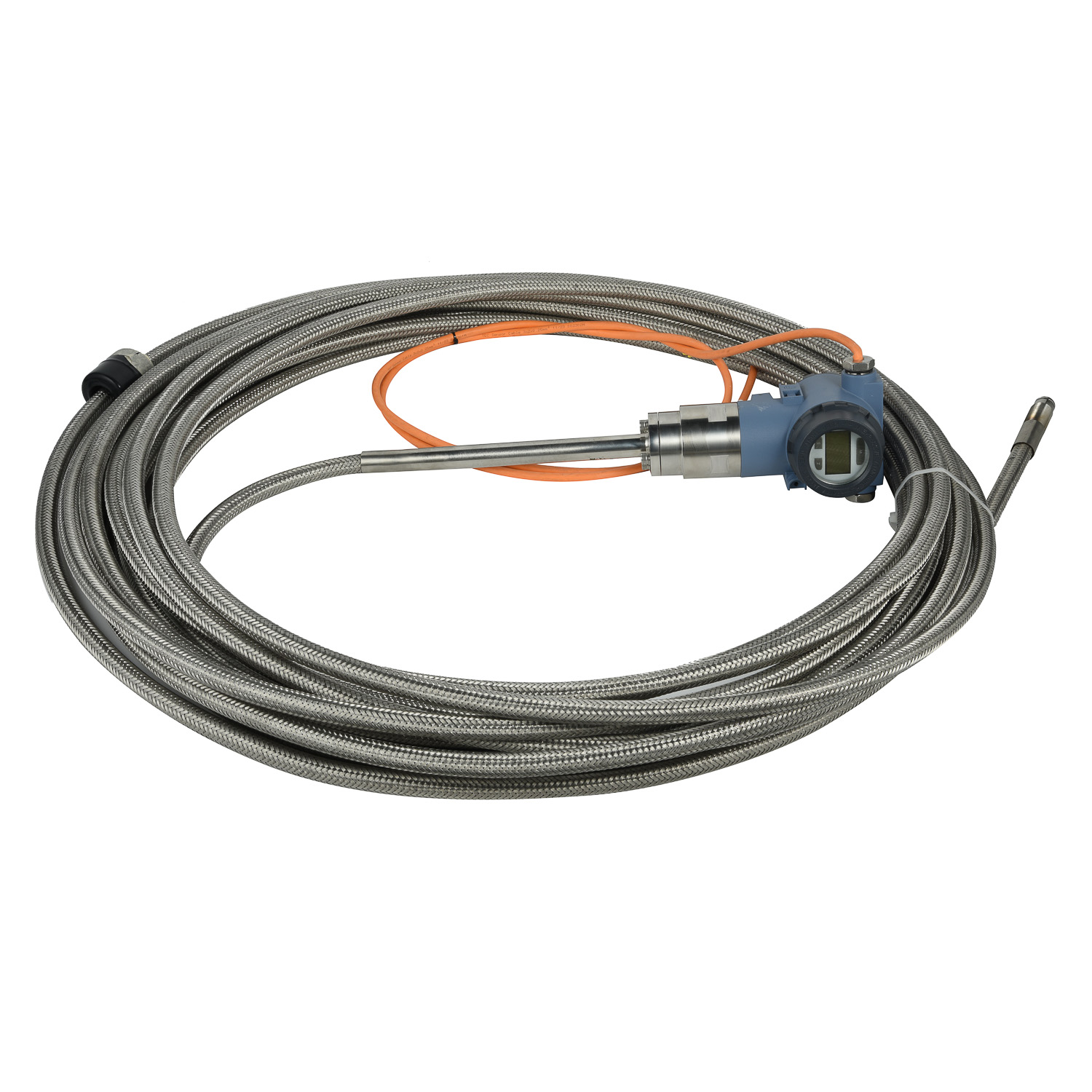 Why are magnetostrictive level
Why are magnetostrictive level
 ComparingMagnetostrictiveandRa
ComparingMagnetostrictiveandRa
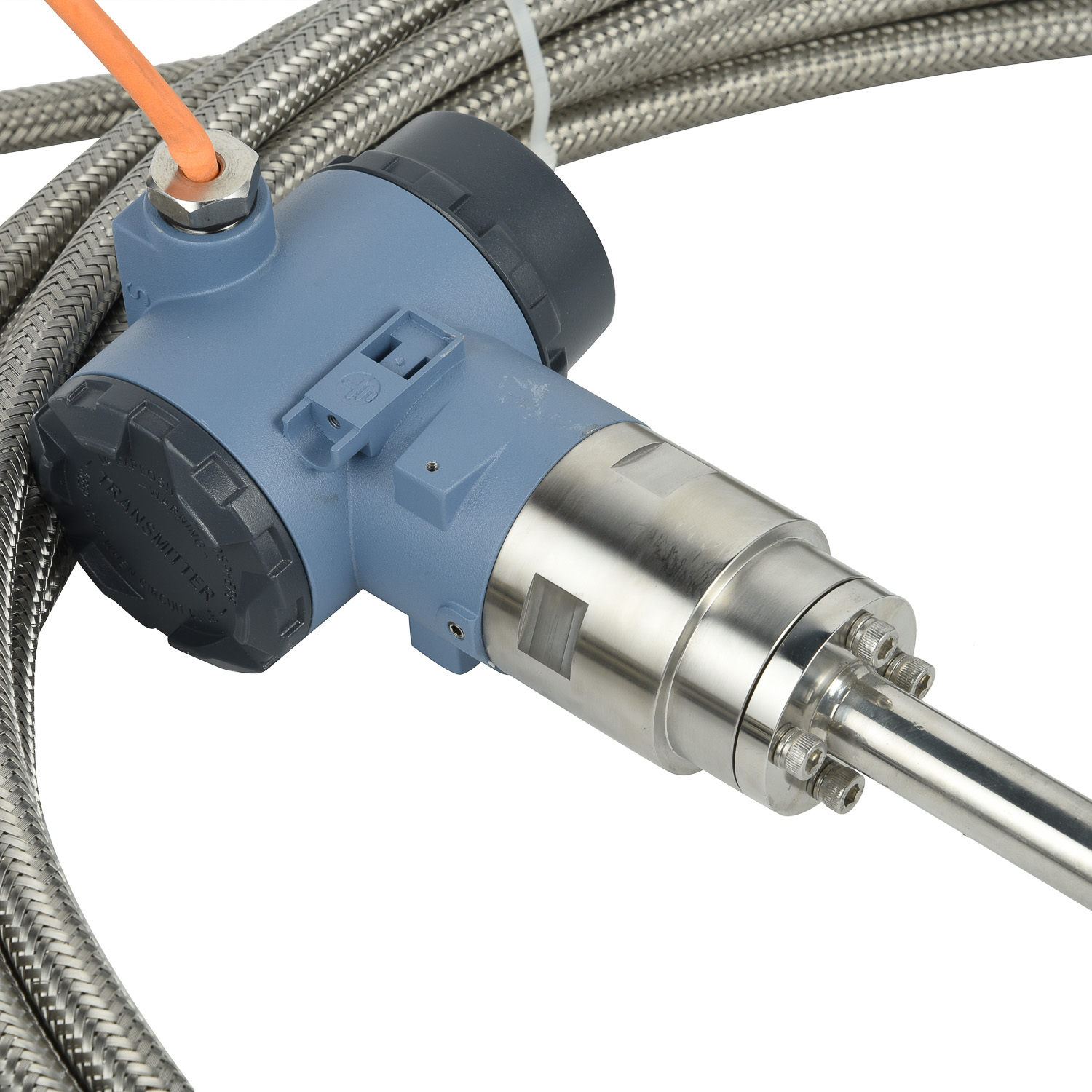 MagnetostrictiveLevelSensorfor
MagnetostrictiveLevelSensorfor
